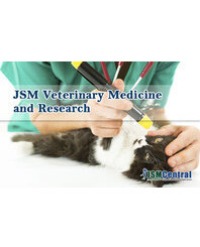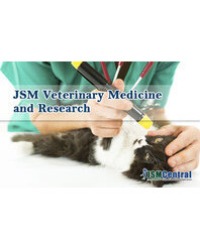
Emergence of Novel Canine Distemper Virus Strains-A Real Threat to Terrestrial Domestic and Wild Animals
Canine distemper virus (CDV) is one of the most important pathogens of domestic and wild animals and widely distributed virus around the world. It belongs to thegenus Morbillivirus within the Paramyxoviridae family. At least six orders and over 20 families of Mammals are susceptible to this virus. CDV is highly contagious and have high morbidity andmortality in wild and domestic animal populations. Although there is only one serotype of the virus, it has widest host range with a constant threat to the conservation of the multiple endangered species worldwide. The lack of ecoepidemiological information of CDV transmission other than dogs has led to investigate the importance of the infection in a multihost scenario. The ability to jump the species barrier to infect a variety of mammals including primates has made apprehension that it can infect human being in near future. It is the need of the hour to elucidate the transmissionof CDV in different environments, and to have better understanding about the intricate epidemiological dynamics of CDV in multiple hosts. Among the genes of CDV, H gene is preferred for phylogenetic analysis of different genotypes owing it high mutation rate. However, the full genome sequencing would offer better insights about the substitution rates, glycosylations, and homologous recombination points that would explain the pathogenicity, species jump ability and vaccine failure of this virus as well as enable us to explain in detail its evolutionary informations and better understanding about the intricate epidemiological dynamics of CDV in its multiple host infections. This review is aimed to provide an overview about the recent emergence of CDV genotypes in different species of wild animals, pathogenicity and diagnosis so that the disease can be prevented and control in an efficient and effective manner and it impact on the conservation of a galaxy of wild animals and control can be minimized to a great extent.
S.Nandi*, GK. Sharma, Vikas Gupta, Pallavi Deol, Vishal Chander, Ragini Mishra, UK De, and VK Gupta

